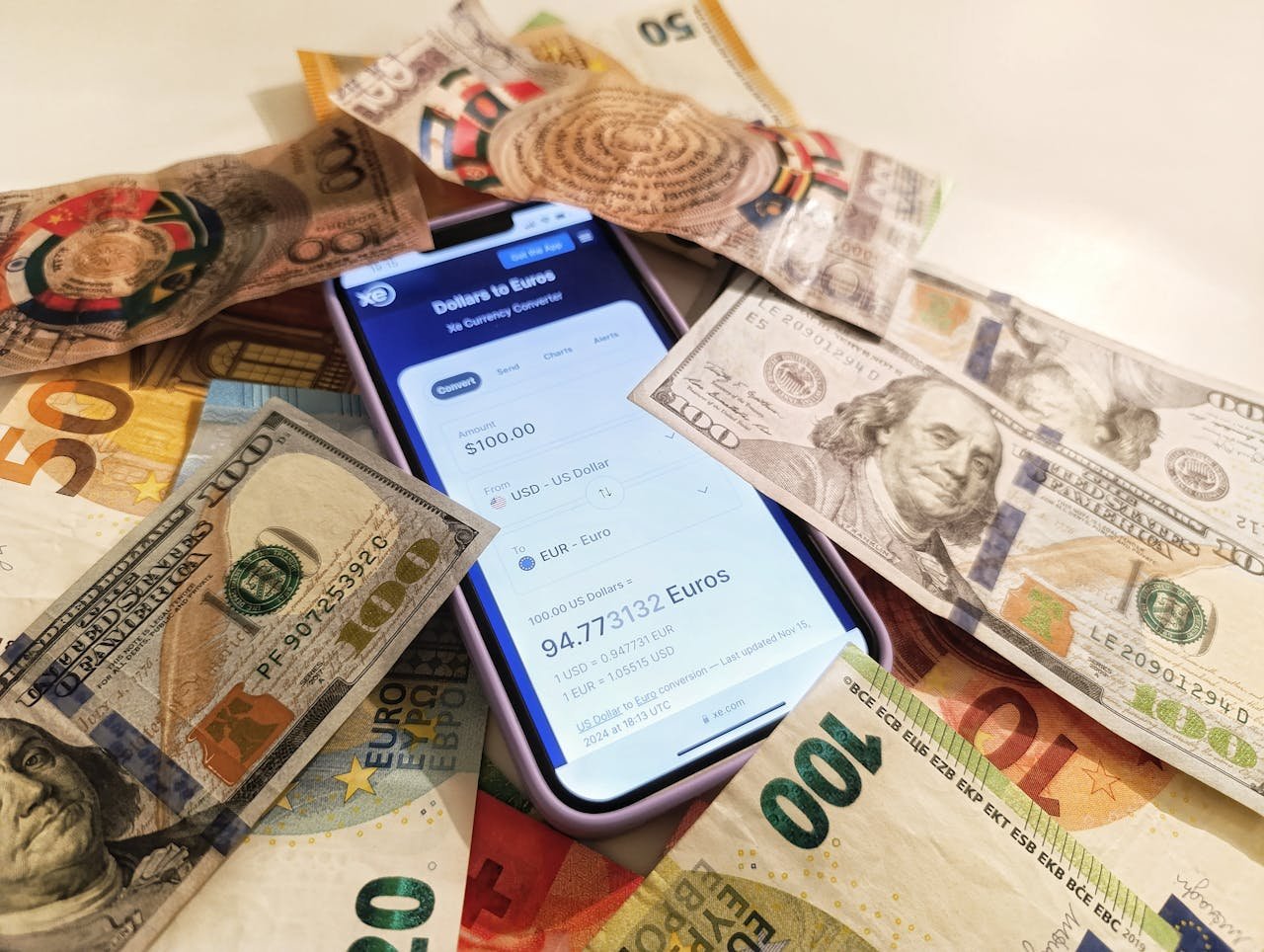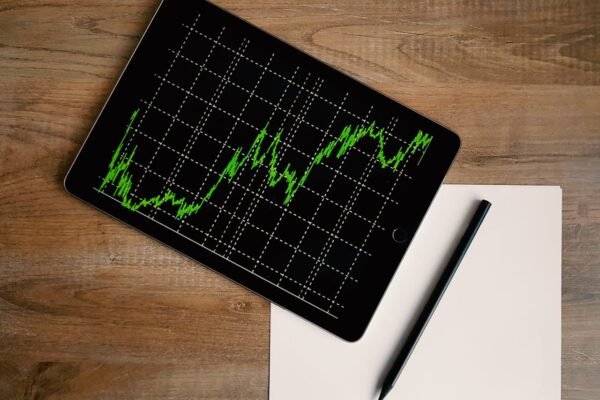From BRICS to BRICS Plus
BRICS originally stood for Brazil, Russia, India, China, and South Africa, a coalition launched in 2009 to amplify the voices of key emerging economies. By the mid-2020s, the bloc has evolved into BRICS+, incorporating new full members and partner nations from Africa, the Middle East, and Southeast Asia. This expanded grouping now includes Egypt, Ethiopia, Iran, the UAE, Indonesia, with others like Saudi Arabia, Argentina, and Kazakhstan as partners (ceoworld.biz).
In 2025, BRICS+ represents roughly 46% of the world’s population, controls about 36% of global GDP (PPP), and commands significant shares of key commodities—agriculture, oil, minerals—positioning it as a formidable geopolitical and economic bloc (en.wikipedia.org).
1. Demographic and Economic Weight
- Population & GDP: With 3.3–4 billion people—nearly half the global population—BRICS+ now matches or exceeds the G7 in GDP terms depending on exchange-rate calculations (en.wikipedia.org).
- Commodity dominance: Major producers of oil, gas, agriculture, and strategic minerals. Including Indonesia, the bloc further consolidates resources like nickel, wheat, rice, soy, and oil control (ceoworld.biz).
2. Expansion and Strategic Inclusions
The expansion serves purposes beyond size—it’s strategic:
- Indonesia’s 2025 full membership strengthens Southeast Asian ties amid global realignments (ceoworld.biz, weforum.org).
- Iran, UAE, Egypt, Ethiopia, Saudi Arabia add critical energy, geographic, and political leverage (prashnvaachak.blogspot.com).
These additions reinforce a multipolar global order, reducing the influence of Western-led institutions and U.S. dollar dominance.
3. Institutions and Financial Sovereignty
- New Development Bank (NDB): Founded in 2015, the NDB now funds infrastructure and green-energy initiatives in local currencies—marking a direct challenge to Western-led banks like the World Bank (weforum.org).
- BRICS Pay: A cross-border payment messaging system that supports transactions in local currencies, aiding the ongoing de-dollarization goal (en.wikipedia.org).
These institutions deepen economic integration and reduce dependence on Western financial systems.
4. Political and Geopolitical Clout
BRICS+ is increasingly framing itself as the voice of the Global South, pushing for reforms in the UN, IMF, World Bank, and advocating South-South cooperation (ceoworld.biz, wgi.world).
At the Rio 2025 Summit, hosted by Brazil under its rotating presidency, leaders prioritized themes like multilateralism, AI governance, climate leadership, and global financial reform (astanatimes.com).
Notably, the bloc’s unified stance on geopolitical events, such as condemning attacks on Iran, signals growing diplomatic cohesion (wsj.com).
5. Why 2025 Is a Turning Point
Several converging trends make 2025 pivotal:
- The addition of significant energy and agricultural powers boosts both influence and economic self-reliance.
- The summit’s agenda emphasizes South-led governance, sustainable development, and multipolarity .
- Western economic fragmentation and global geopolitical tensions further amplify BRICS+’ strategic relevance (ft.com).
Challenges and Lingering Questions
Despite its growth, BRICS+ still faces hurdles:
- Internal diversity: Wide disparities in economic development, political systems, and strategic goals may complicate decision-making.
- Western pressure: Countries like Saudi Arabia cautiously balance participation to avoid alienating traditional allies (prashnvaachak.blogspot.com, carnegieendowment.org).
- Institutional depth: The effectiveness of NDB, BRICS Pay, and coordinated policy is still unfolding.
A New Global Player
BRICS+ is more than a coalition—it’s a deliberate construct aimed at reshaping global institutions, financial systems, and geopolitical balances. With nearly half of humanity, vast natural wealth, emerging financial autonomy, and a unified diplomatic platform, BRICS+ is transforming into a power block capable of challenging Western dominance.
As 2025 unfolds, the summit in Rio and follow-up developments will test how well BRICS+ can translate ambition into action. Watch closely—this bloc is rapidly moving from aspiration to global relevance.





